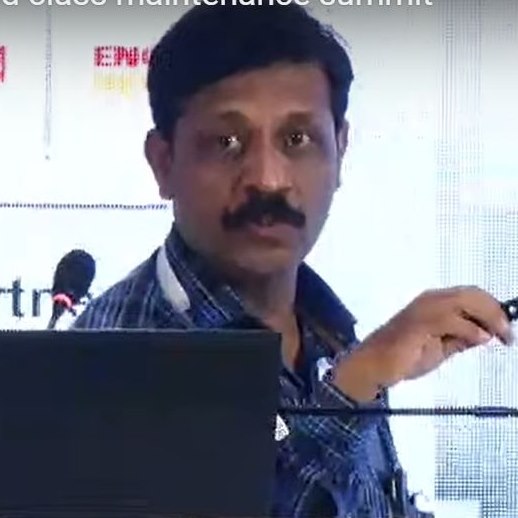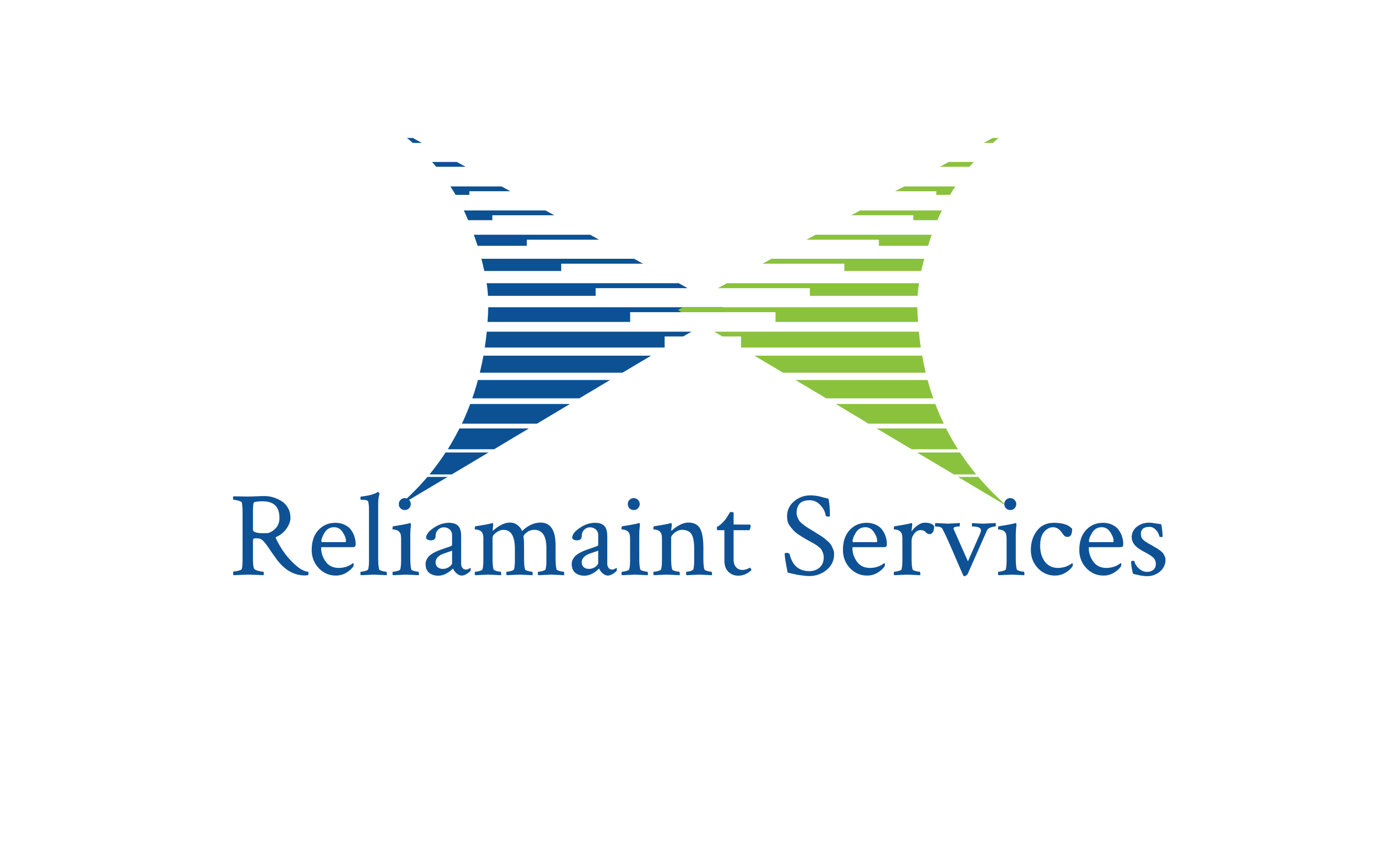Asset Reliability
When Maintenance Becomes a System Unto Itself — And Why That’s a Problem for Business
- 28 April. 2025
- 11 min read
In many industrial settings, maintenance systems don’t start with a blueprint — they evolve. Over time, routines take shape, workarounds become standard, and practices settle into a rhythm dictated more by past constraints than present or future needs. What begins as adaptation to local challenges eventually solidifies into “the way we do things.”
While this kind of organic evolution may seem practical, it often results in a maintenance process that drifts away from the strategic objectives of the business. Instead of enabling growth and performance, these systems become frozen frameworks — rigid, resistant to change, and poorly aligned with the business’s evolving goals.
Maintenance That Adapts to Constraints, Not Vision
Operators and technicians are often highly resourceful. When tools are limited, budgets are tight, or skilled staff are unavailable, they improvise. Preventive maintenance schedules get trimmed, manual logs substitute for digital records, and communication becomes verbal instead of documented. Over time, these workarounds become institutionalized.
The problem? These systems are built around constraints — not optimization. They are survival systems, not strategic systems.
They reflect what the team could do, not necessarily what the plant should do. And as these practices entrench, they create blind spots. The plant may continue to function, but the business loses sight of performance optimization, risk mitigation, and cost control.
A Hidden Barrier to High Performance
This homegrown approach hits its limits when the business raises its expectations: increased uptime, improved compliance, predictive insights, cost rationalization, or digital transformation. Suddenly, the old methods are no longer enough.
Here’s why such evolved systems become a barrier:
- Lack of Data Integrity: Handwritten logs and Excel files don’t scale or integrate. When strategic decisions require accurate KPIs, the data just isn’t there.
- Resistance to Change: Teams feel ownership over “their way.” External systems like CMMS are viewed as intrusive or unnecessary.
- Invisibility of Waste: Because inefficiencies are normalized, they aren’t seen as problems. Time lost locating spares, repetitive failures, or duplicated work become part of the daily routine.
- Misaligned Metrics: Maintenance may celebrate quick fixes or ingenuity, but the business wants reliability, traceability, and accountability.
What results is a performance ceiling. No matter how hard the team works, they're pulling against a system designed to survive — not to excel.
Why Freezing the System Hurts Progress
Once a maintenance process “freezes” into its own ecosystem, it develops symptoms of stagnation:
- Reluctance to adopt new tools
- Defensive attitudes toward performance audits
- Poor visibility for leadership into asset health
- Difficulty in scaling up when new lines or products are introduced
This often causes friction when leadership attempts to introduce a structured solution like a Computerized Maintenance Management System (CMMS). The CMMS isn’t just a software — it represents accountability, standardization, and performance alignment. For a team used to autonomy and improvisation, this can feel threatening.
But the problem isn’t the CMMS. It’s the fact that the plant's current practices are out of sync with where the business needs to go.
Reconnecting Maintenance With Business Goals
The good news? This freeze isn’t permanent. But it does require conscious thawing — a deliberate effort to realign maintenance with the business.
Here’s how:
- Diagnose, Don’t Blame: Start by mapping existing practices. Understand why things evolved the way they did. There are often valid historical reasons.
- Clarify the New Expectations: Communicate what the business now needs from maintenance — reliability, traceability, cost visibility, risk control — in tangible terms.
- Co-design New Processes: Don’t impose new systems. Involve the team in shaping how the CMMS or new processes will work. This builds buy-in and relevance.
- Train for Capability, Not Just Compliance: Help the team see how technology is a tool, not a threat. When they understand the why, adoption becomes easier.
- Align Rewards and KPIs: Celebrate wins aligned with business goals — such as reduced breakdowns, improved data quality, or successful audits — not just firefighting.
Conclusion: Systems Should Serve, Not Rule
Maintenance is a critical business function. But when its practices are shaped more by survival than strategy, it can’t keep pace with business demands. Evolved routines that once worked become anchors that hold progress back.
By recognizing when a system has frozen — and by having the courage to realign it — businesses can unlock higher performance, greater reliability, and a culture of continuous improvement.
Because in modern industry, maintenance isn’t just about fixing things. It’s about building systems that support where the business is headed, not just where it’s been.
About ReliaMaint
Stay tuned to for insights on asset reliability and maintenance management..

Neeraj Kumar
CEO & Co-Founder
Recent Posts
Planning and Scheduling in Equipment Maintenance.
What CEOs Need to Know About Physical Asset Management.
CMMS.. a catalyst for reliability culture
How Data Driven Process of Reliability and Maintenance can enhance Asset Performance.
Categories
Tags
Newsletter
Contact us
Contact us to Know more on these Topics.
Send